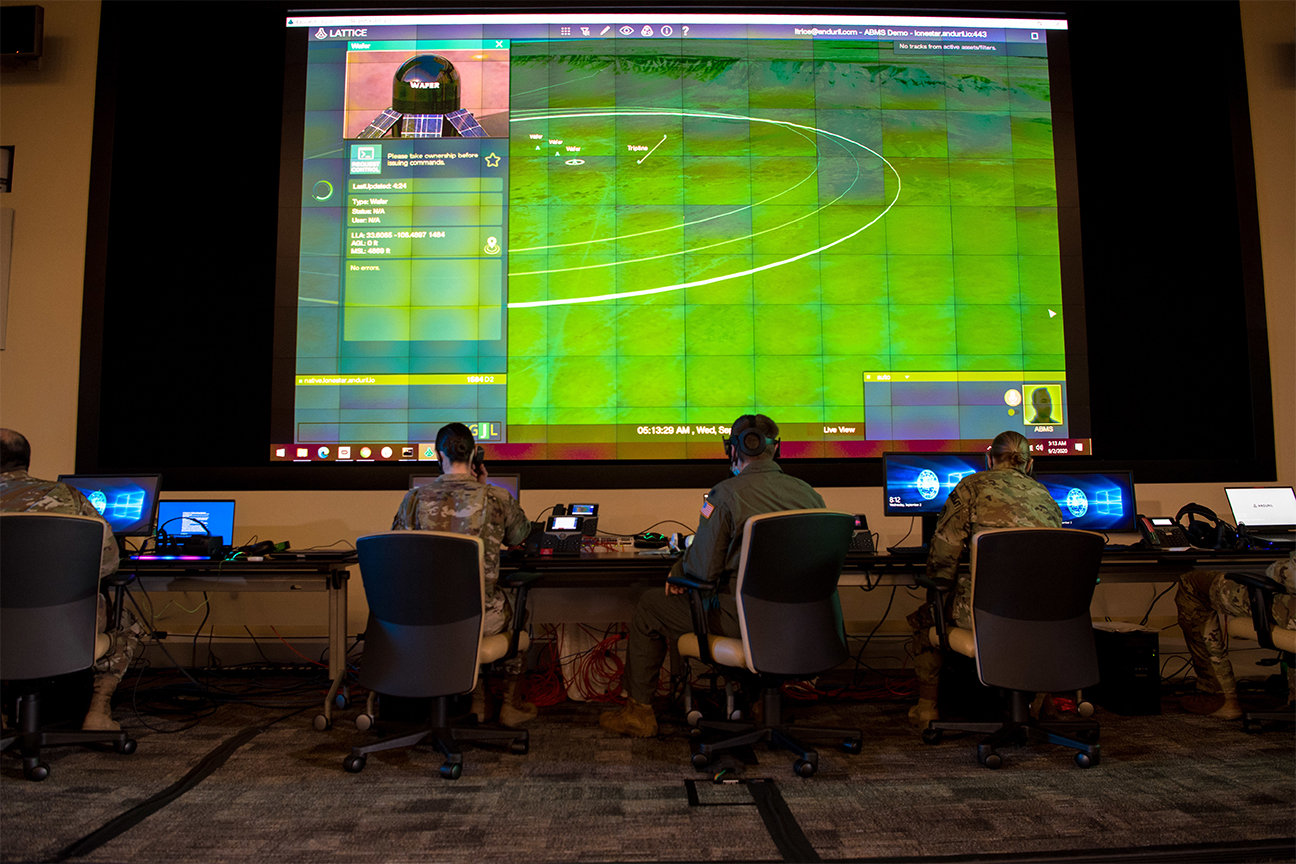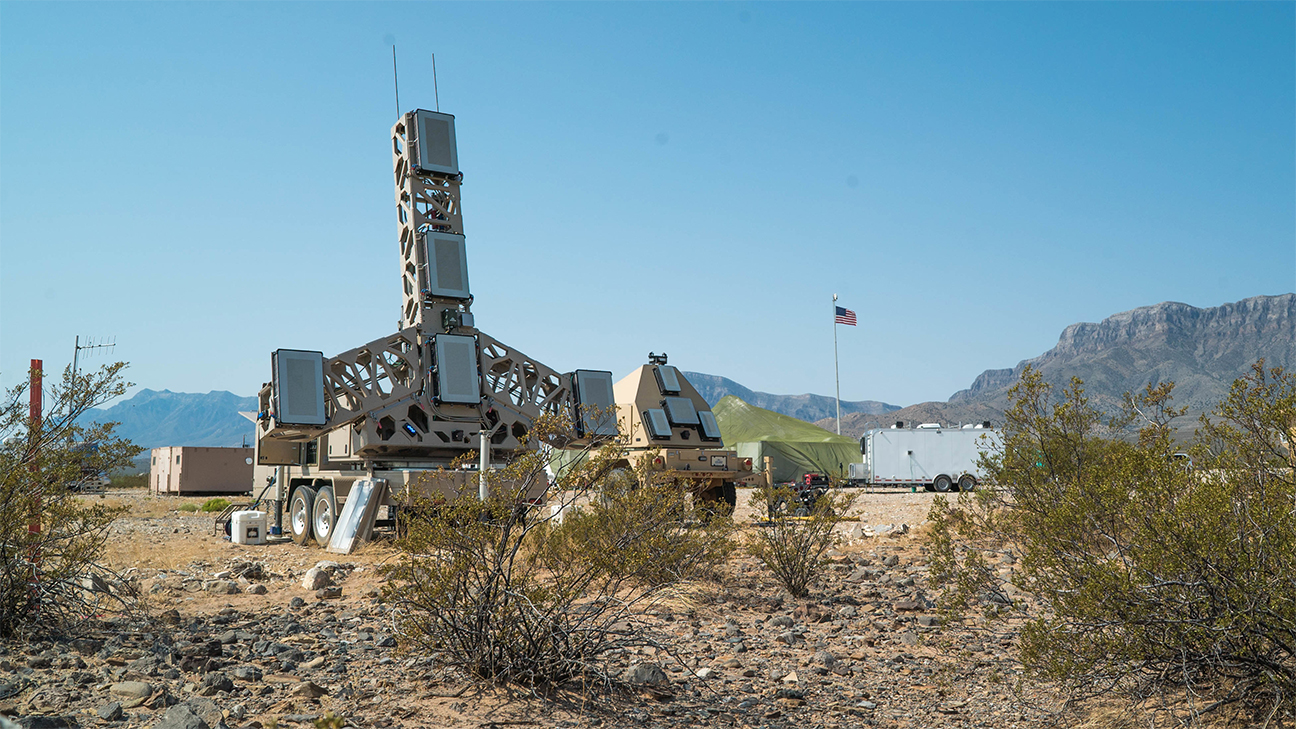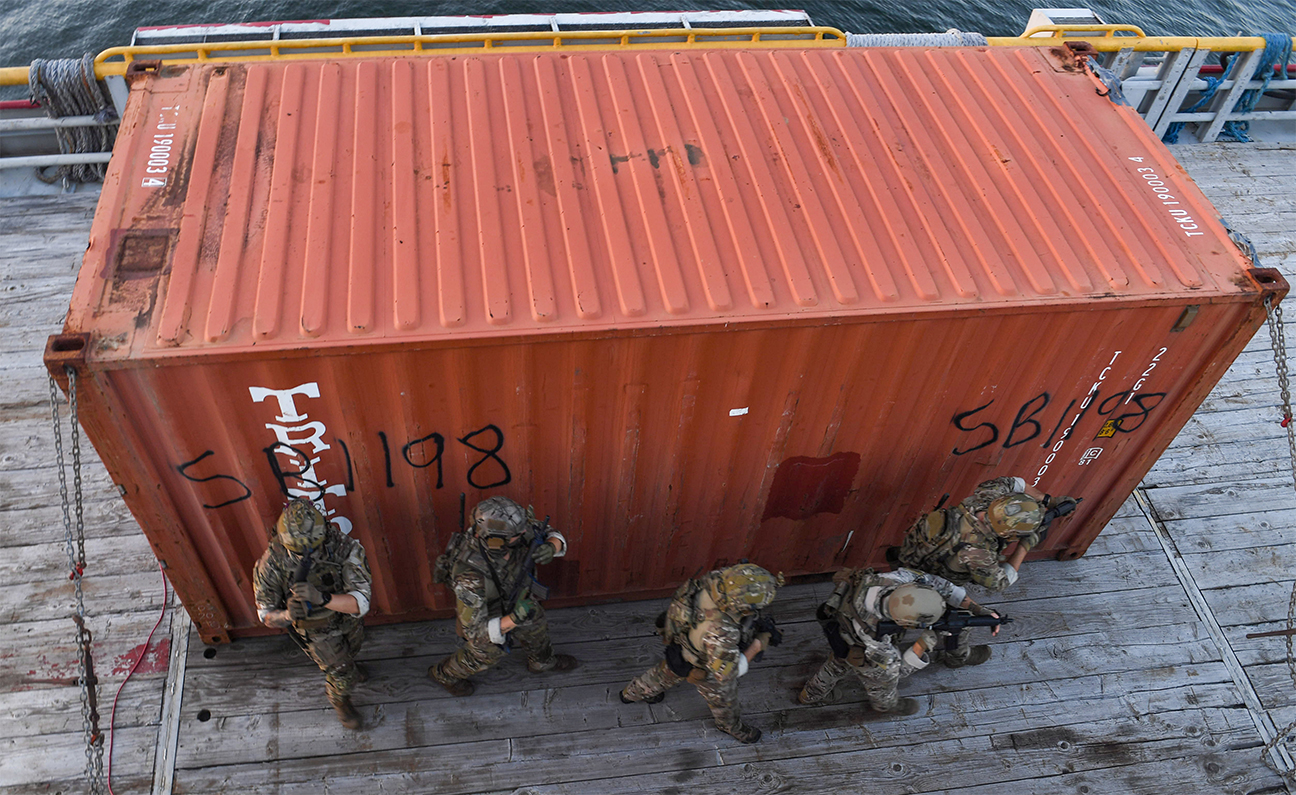ABMS signs more companies post onramp
WASHINGTON (AFNS) — In the wake of the Advanced Battle Management System’s (ABMS) second onramp, in partnership with two primary Combatant Commands and dozens of units and locations across the U.S., the Department of the Air Force has selected 15 additional companies to compete to develop new capabilities for ABMS. These companies will join more than 50 other firms selected this year.
This most recent selections – the fourth round announced in as many months – support an ABMS acquisition strategy that spurs competition from a variety of traditional defense as well as commercial-focused sources and streamlines the contracting process to produce capability in roughly four month sprints. These Indefinite Delivery/Indefinite Quantity (IDIQ) contracts provide each vendor the opportunity to receive anywhere from $1,000 to $950 million total over the next five years for work in up to seven different ABMS product categories.
“This onramp demonstrates ABMS’ ability to develop and deploy capabilities we need on incredibly short timelines in challenging warfighting scenarios,” said Dr. William Roper, assistant secretary of the Air Force for acquisition, technology and logistics. “Onboarding new companies provides a continuous stream of innovation needed to make the military Internet of Things a reality for the Joint Force.”
Joint onramps are the primary mechanisms to experiment, demonstrate, test and evaluate new ABMS capabilities. Based on real test data and warfighter feedback, these capabilities can be advanced, modified, discarded or, if requested by combatant commanders, put immediately into operational use. In the latest onramp beginning Aug. 31, operators used ABMS-provided capabilities to detect and defeat attacks on U.S. operations in space in addition to countering attempted cruise missile strikes against the homeland. The next onramp, occurring this month, will support U.S. Indo-Pacific Command, the first ABMS exercise focused on a geographic theater outside the U.S.
“The latest ABMS onramp propelled the military into the digital age. This new dawn is both a call to action – that we must develop and deliver at digital speed in this era of Great Power Competition – and a call to partner. It sends a clear signal to America’s treasured technological innovation base that the Air Force and Space Force are open for business, and I’m excited to see that more companies continue to answer that call,” said Preston Dunlap, chief architect of the Department of the Air Force.
The companies added to the ID/IQ in this round include: Amazon Web Services; Anduril Industries; Colorado Engineering, Inc.; Edgy Bees, Inc.; Environmental Systems Research Institute, Inc.; Global C2 Integration Technologies LLC; General Atomics Aeronautical Systems, Inc.; Grey Wolf Aerospace LLC; Kratos Technology & Training Solutions, Inc.; LinQuest Corporation; Oddball, Inc.; Red River Technology LLC; SES Government Solutions, Inc.; Venator Solutions LLC; and VivSoft Technologies LLC.
ABMS will build the Internet of Things for the military in partnership with all the services across the Department of Defense. When fully realized, JADC2 will allow U.S. forces from all services—as well as allies—to receive, fuse and act upon a vast array of data and information in all domains at the “speed of relevance.”
To learn more, visit http://jadc2abms.com.

Airmen monitor computers in support of the Advanced Battle Management System Onramp 2, Sept. 2, 2020, at Joint Base Andrews, Md. The effect ABMS works to achieve is Joint All-Domain Command and Control. JADC2JADC2 will be the backbone of operations and deterrence, allowing U.S. forces from all services as well as allies to orchestrate military operations across all domains, such as sea, land, air, space and cyber operations. ABMS is the digital infrastructure which allows a level of connectivity and (sensor) compatibility for our military at war. As a new Joint Warfighting Concept, Joint All-Domain Operations seeks to create simultaneous dilemmas for adversary forces, overwhelming them with too many challenges to counter successfully. (U.S. Air Force photo by Senior Airman Daniel Hernandez)

A prototype fire control radar, used to track threats and pass information to weapons designed to take down the target, is being tested during the Advanced Battle Management Systems Onramp 2 at White Sands Missile Range, N.M., Aug. 27, 2020. The Advanced Battle Management System is an interconnected battle network – the digital architecture or foundation – which collects, processes and shares data relevant to warfighters. (U.S. Air Force photo by Senior Airman Daniel Garcia)

Tech. Sgt. John Rodiguez, 321st Contingency Response Squadron security team, patrols with a Ghost Robotics Vision 60 prototype at a simulated austere base during the Advanced Battle Management System exercise on Nellis Air Force Base, Nev., Sept. 3, 2020. The ABMS is an interconnected battle network – the digital architecture or foundation – which collects, processes and shares data relevant to warfighters in order to make better decisions faster. In order to achieve all-domain superiority, it requires that individual military activities not simply be de-conflicted, but rather integrated – activities in one domain must enhance the effectiveness of those in another domain. (U.S. Air Force photo by Tech. Sgt. Cory D. Payne)

U.S. Coast Guardsmen from the Maritime Security Response Team East simulate interdicting a jammer on a vessel in support of Advanced Battle Management System Onramp 2 in the Gulf of Mexico, Sept. 2, 2020. ABMS is an interconnected battle network – the digital architecture or foundation – which collects, processes and shares data relevant to warfighters. In order to achieve all-domain superiority, it requires that individual military activities not simply be de-conflicted, but rather integrated – activities in one domain must enhance the effectiveness of those in another domain. (U.S. Air Force photo by Staff Sgt. Haley Phillips)
